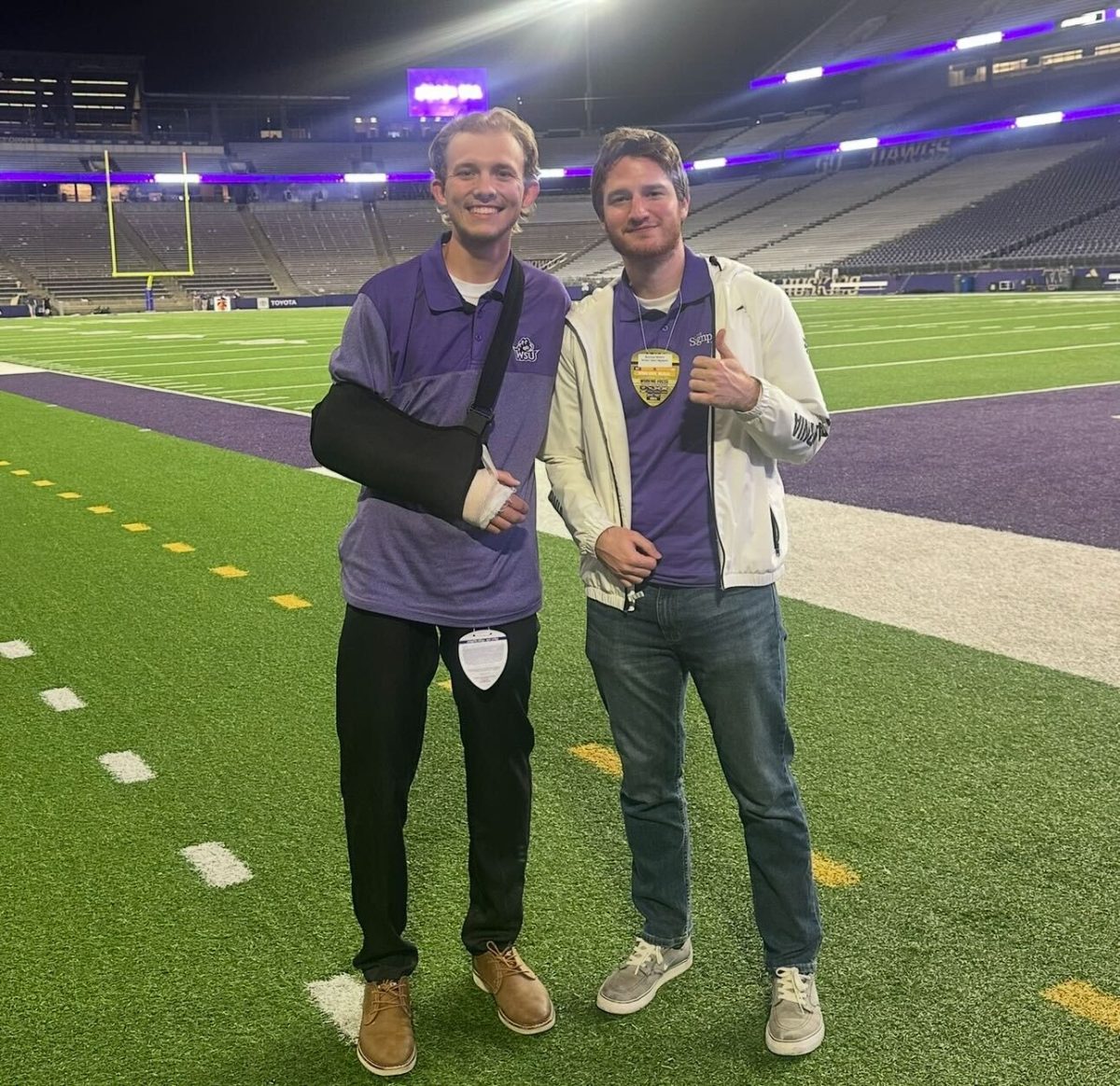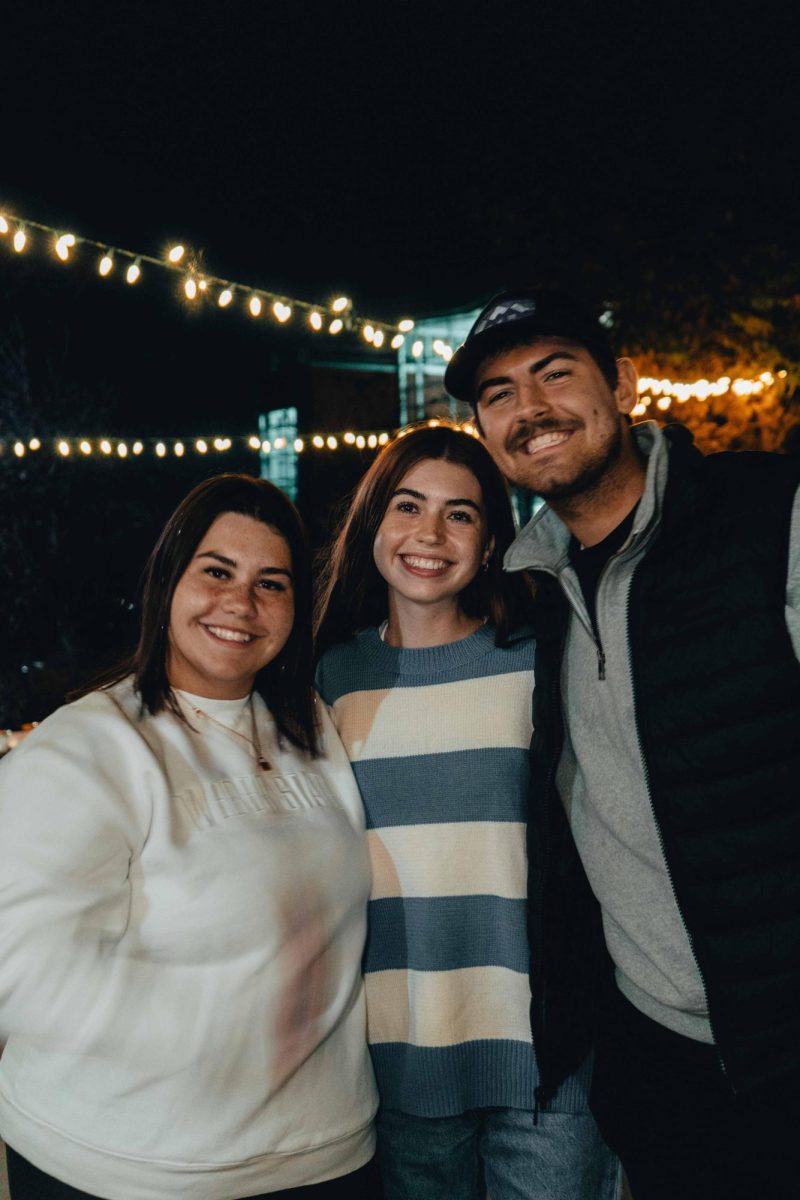
The circle of life. It might be a “Lion King” theme, but perhaps all living things are somehow connected.
I have always been the type of person who enjoys making a connection to big things like trees, mountains or oceans.
As a teenager, I was obsessed with the idea of the wilderness. I was strongly influenced by books like “Into The Wild” by Jon Krakauer and “Never Cry Wolf” by Farley Mowat.
You may have seen the movie “Never Cry Wolf” that Disney made back in the ’80s. It’s about young Mowat, an amateur biologist who gets sent on a research trip to the Canadian arctic to study the declining caribou population. At the time, it was believed that wolves were the primary predator of this falling species.
Throughout the story, he finds that the wolves are not the cause of destruction for the caribou. They have the chance to study a dead caribou and discover it has a disease in its bones.
The wolves helped the caribou population stay healthy. The real problem was that human hunters were killing healthy caribou, so the weak and diseased were breeding.
When Yellowstone was made a huge tourist location in the early 1900s, wolves were seen as a big nuisance to most people, and by the 1920s the wolf population was eradicated.
A few decades later, people started feeling that they lost something really beautiful by exterminating the wolf population. So they tried something and reintroduced the wolves.
It’s said that lions are the kings of the African savannah. The wolves, to me, are the kings of the alpine forest. In the 1990s Yellowstone’s king returned.
Several studies were done throughout the park after their reintroduction. What is fascinating is that before the wolves returned, the beaver population was struggling, but when the wolves were back in Yellowstone, the beavers started making a comeback too.
The elk herds were eating all of the young trees so beavers couldn’t use them. But wolves started preying on the elk herds, so young trees could grow into big trees and beavers could use them.
The connection was restored, and Yellowstone slowly regained it’s natural balance.
The story of Chris McCandless in “Into The Wild” resonates with me. It’s a true story of McCandless leaving behind everything and setting out on an adventure. He travels the country, but his eventual and permanent destination is Alaska.
He puts himself in the unforgiving and unrelenting majesty of the Alaskan wilderness, which eventually takes his life after several months. The book shares some of his journal entries. He was very against a corporate kind of world. McCandless also wrote about how he wanted to be connected with nature.
I won’t be doing anything that extreme, but part of me tips my hat off to McCandless. I think we live in a great world, with wonderful people. But it is certainly not perfect. Sometimes I think we should go back to the basics and be grateful for what we have.
Spending a good day with mother nature can help teach you a lot about that. I am grateful for the education I am receiving, not just to go spread my wings and get into the big world of business and money making, but also so I can learn more about our world, and how I relate to it.







